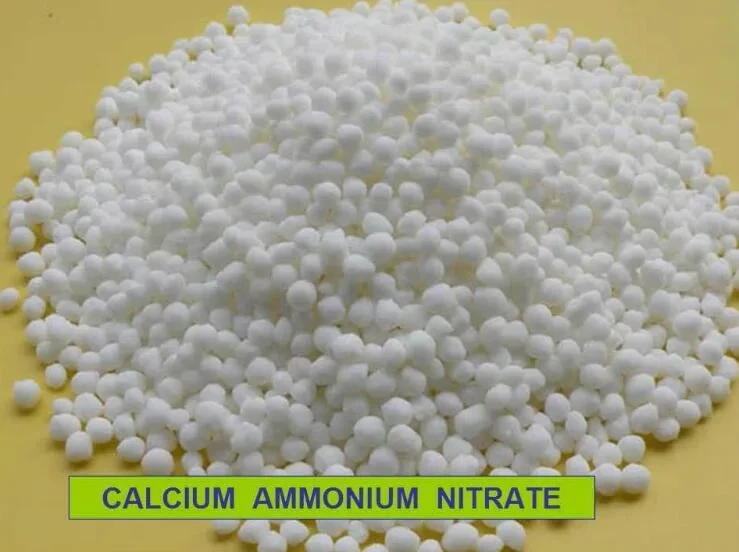



Exploring Chemical Applications in Mining Industry Operations and Their Environmental Impact
Mining Chemicals Essential Agents in the Extraction Process
Mining is an integral part of the global economy, and it involves the extraction of valuable minerals and resources from the earth. However, the process of mining is complex and requires the use of various chemicals to facilitate the extraction and processing of these resources. Mining chemicals play a crucial role in improving efficiency, enhancing recovery rates, and ensuring environmental safety.
The Role of Mining Chemicals
Mining chemicals can be classified into several categories, each serving a specific purpose. These categories include flotation reagents, leaching agents, flocculants, and solvent extractants. Each type of chemical plays a pivotal role in mineral processing and contributes to the overall efficiency of the mining operation.
1. Flotation Reagents Flotation is among the most widely used methods in mineral processing, particularly for separating valuable minerals from gangue. Flotation reagents, such as collectors, frothers, and modifiers, are crucial in this process. Collectors help to increase the hydrophobicity of the target mineral, making it easier for air bubbles to attach to the mineral particles. Frothers, on the other hand, assist in stabilizing the foam formed during the flotation process, ensuring effective separation.
2. Leaching Agents Leaching agents, such as cyanide and sulfuric acid, are utilized in the extraction of minerals like gold and copper. In the cyanidation process, cyanide dissolves gold from its ore, allowing for subsequent recovery. While this method has proven effective, it also poses significant environmental risks, which have led to ongoing research for safer alternatives. Innovations in biotechnological methods, like the use of bioleaching with bacteria, are gaining traction as eco-friendly alternatives.
3. Flocculants Flocculants are crucial in the clarification and thickening stages of mineral processing. They aid in the agglomeration of fine particles, allowing them to settle out of the slurry and facilitating the recovery of water. Efficient water management is critical in mining operations and can have major implications for resource conservation and environmental stewardship.
4. Solvent Extractants Solvent extraction is another essential process in hydrometallurgy, widely used in the production of metals like copper and nickel. Solvent extractants selectively dissolve desired metals from their ores, enabling their recovery in a more concentrated form. The choice of solvent is dictated by the type of metal being extracted and the specific composition of the ore.
mining chemicals

Environmental Considerations
While mining chemicals are crucial for resource extraction, their use raises important environmental and safety concerns
. Chemicals such as cyanide are highly toxic, and improper handling can lead to devastating ecological impacts. As a result, there is an increasing emphasis on sustainable mining practices, which include responsible chemical management, waste minimization, and the incorporation of safer chemical alternatives.Regulatory frameworks are essential to ensure the safe use of mining chemicals. Governments and agencies have established strict guidelines for chemical usage, storage, and disposal to mitigate risks to both the environment and human health. The adoption of best practices, including employee training and emergency response protocols, is essential for minimizing accidents and environmental incidents.
Innovation and Technological Advancements
The mining industry is undergoing significant changes, propelled by technological advancements and the need for more sustainable practices. Innovations in mining chemicals are emerging, aimed at improving efficiency and reducing environmental impact. For instance, research is focusing on the development of biodegradable flotation agents and more environmentally benign leaching agents that can replace harsh chemicals traditionally used.
Moreover, the advent of data analytics, IoT, and automation in mining operations allows for better monitoring of chemical usage and environmental impact. By leveraging these technologies, mining companies can optimize their chemical applications, improve recovery rates, and adhere to stringent environmental regulations.
Conclusion
Mining chemicals are indispensable in the mineral extraction process, contributing to the efficiency and viability of mining operations. While their roles are vital, the focus on sustainable practices and innovative solutions is more relevant than ever. By balancing the need for effective chemical use with environmental responsibility, the mining industry can continue to thrive while minimizing its ecological footprint. The future of mining chemicals lies in the continued search for safer, more efficient alternatives that align with global sustainability goals.
-
Why Sodium Persulfate Is Everywhere NowNewsJul.07,2025
-
Why Polyacrylamide Is in High DemandNewsJul.07,2025
-
Understanding Paint Chemicals and Their ApplicationsNewsJul.07,2025
-
Smart Use Of Mining ChemicalsNewsJul.07,2025
-
Practical Uses of Potassium MonopersulfateNewsJul.07,2025
-
Agrochemicals In Real FarmingNewsJul.07,2025
-
Sodium Chlorite Hot UsesNewsJul.01,2025










